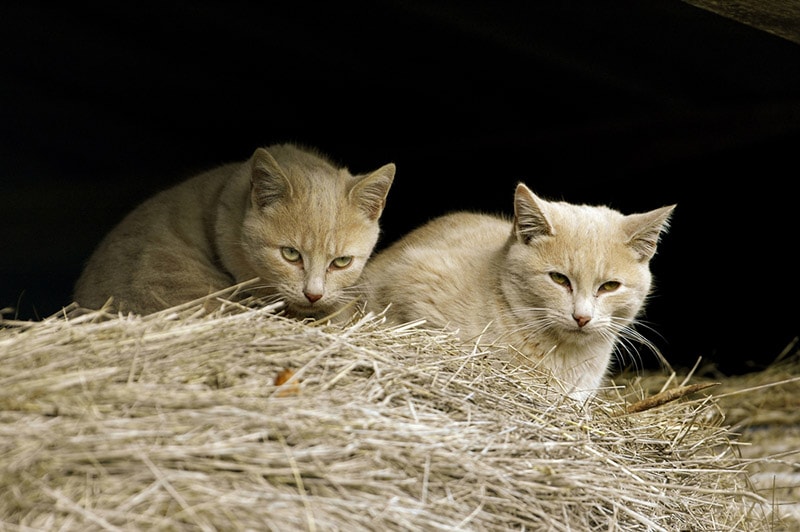Why Your Cat Thumps Their Tail? 7 Interesting Reasons

Updated on
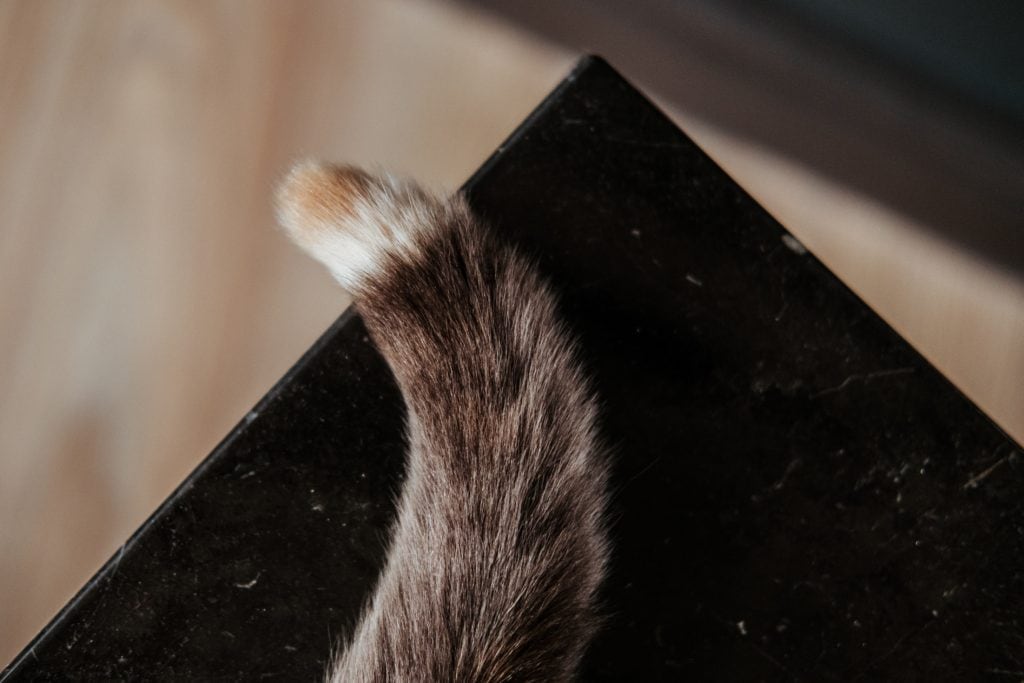
Sometimes you might find yourself wishing your cat came with a handy booklet that lets you in on why they do the things they do. Cats are much less obvious about their feelings than dogs, but they have ways of communicating, and you have to know what to look out for.
So, why does your cat thump its tail? The meaning behind it can be positive or negative, and we’ll help you figure out exactly which it is.
The 7 Reasons Why Your Cat Thumps Their Tail
1. Happiness and Contentment
If your cat’s tail is thumping, it could be that they’re relaxed. It might be something your cat does when you’re petting them, and it indicates that they’re enjoying your company and affection.
However, it doesn’t mean that they want your company every time your cat’s tail thumps against the floor or couch. Sometimes, tail thumping can be a sign of aggression or frustration, which we’ll go into later. The point is that you’ll need to look out for other signals. Purring and slow blinks are all excellent signs when they accompany a moving tail.
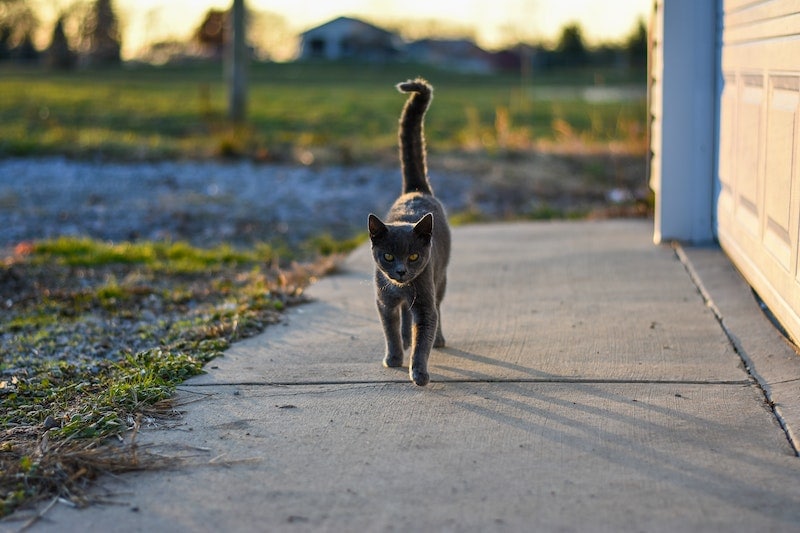
2. Your Cat Is Greeting You
If you’ve just come into the room, or you’re just back from work, and your cat appears relaxed, they might be saying hello! If your cat tends to give you head rubs as a hello, but you notice they’re lying down and don’t get up, they could be so relaxed they can’t be bothered or, like many cats, they expect you to come over to them. This is nothing to worry about; your cat is relaxed and content but still gives you a welcome home with some happy tail thumps.
3. It’s Playtime
A sign your cat is about to pounce is when they’re lying on their stomach and wagging their tail. Many cats wag their tail as a playful sign, and the movement causes their tail to thump on the floor. Your cat might leap, or they might not; sometimes, it’s more about stalking than leaping.
Other signs your cat is feeling playful include enlarged pupils and chattering. Cats will wiggle their tails and shift their weight as they find their balance before making a spectacular leap.
4. A Deep Sleep
If you notice your cat’s tail thumping when they appear asleep, it’s probably because they’re dreaming. Cats often move in their sleep, but they are small, subtle movements.
5. Feeling Frustrated
A thumping tail can be a sign of frustration, and if you dare to pet your cat when it’s upset, it will probably result in your cat fleeing or a possible scratch. This is not the time for cuddles, so give them a wide berth.
Like humans, a cat can feel frustrated for several reasons. Cats can feel frustrated when their expectations aren’t met, they’re not in control, or they don’t have access to something they want, like attention, play, or food.
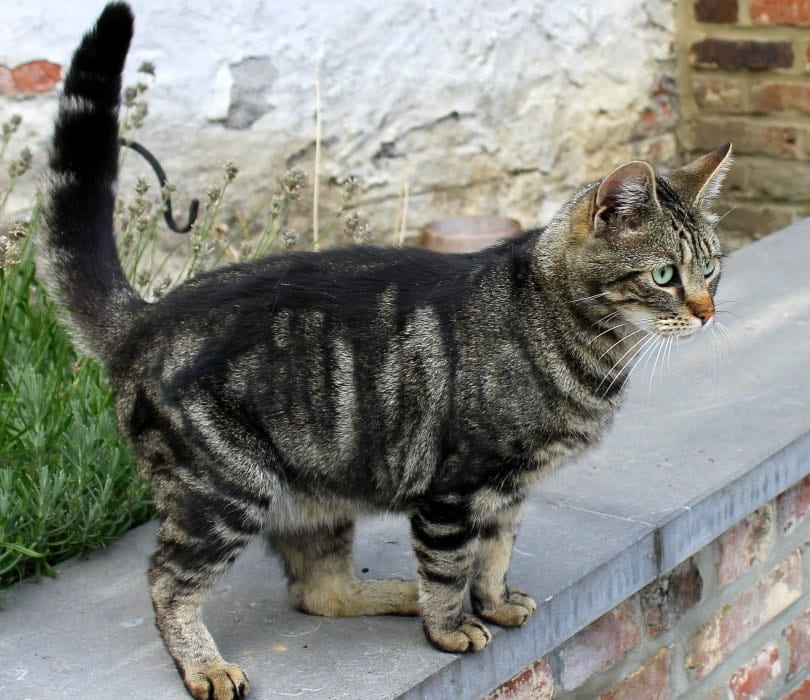
6. They’re Excited or Interested
Your cat might have spotted something they are excited or interested in, and their tail will start to beat. Maybe there’s a cardboard box in the room, and they’re curious about what’s inside. Don’t be surprised if your cat gets up and storms over to the object of their curiosity to investigate. This behavior will be very similar to their playful behavior. The only way to differentiate it will be by figuring out what’s holding their attention.
7. They’re in Pain
Cats are particularly good at hiding that they’re in pain because they don’t want anyone to attack when they’re vulnerable. Generally, this type of tail wagging is sudden and won’t be related to anything happening around them. It’s more of an involuntary movement, like a reflex action.
Other signs to be on the lookout for are hiding, lethargy, struggling to get comfortable, aggression, and a change to their appetite. These are all signs you need to get your cat to the veterinarian to get them checked over.
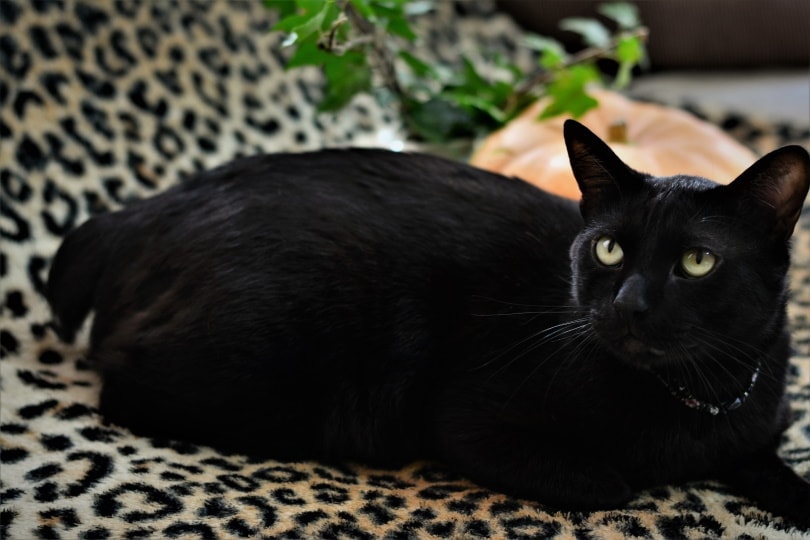
People Also Ask
What Else Can Cats Do With Their Tails?
Dogs are known to communicate through their tails, but cats are also quite communicative and display a variety of things through the shape and movement of their tails. Here are a few examples of ways they might try to tell you something:
Tail Up
The most well-known cat tail signal is the vertical tail, with the top sometimes curled slightly, like a question mark. This tail is generally understood to mean “I’m friendly,” and if your cat displays this move, it’s a clear sign that they’re feeling affectionate, confident, and friendly.

Caressing
If your cat caresses you and wraps its tail around your leg, it’s displaying love. This is like getting a hug from your kitty; it never fails to make pet parents feel pure joy.
Tucked or Wrapped Tail
In terms of tail body language, a tail wrapped around the body or underneath them indicates a cat is feeling withdrawn and wants to be left alone. It could be that your cat is a bit chilly, but it could also be a sign of anxiety and stress. If their tail is loose on the floor, this is more of an indication that they’re relaxed.
You will better understand your cat’s mood by observing their entire body language. Plus, the longer you’ve known one another, the easier it will be to interpret their feelings.
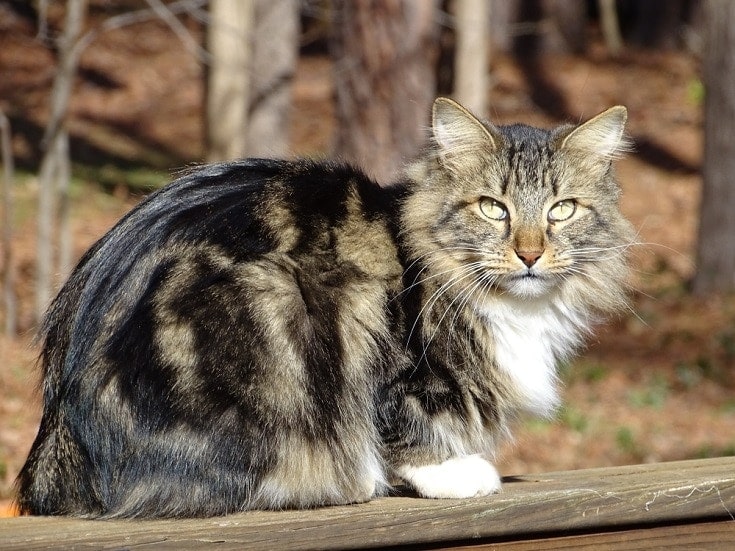
Quivering Tail
This tail shows you that you are loved, and your cat is feeling affectionate. It’s a happy movement, maybe one of the happiest, and it’s telling you that your tiny friend is pleased to see you. And isn’t that just the best way to be greeted?
Conclusion
There are many reasons your cat might be thumping their tail. Unfortunately, there are no certainties, but there are ways you can try and interpret what your cat is trying to communicate by looking at their surroundings and other body cues. So, while it is a standard action and the reasons for them doing so are very varied, there are ways for you to narrow it down and avoid annoying them or getting scratched!
Featured Image Credit to: Anete Lusina, Pexels

